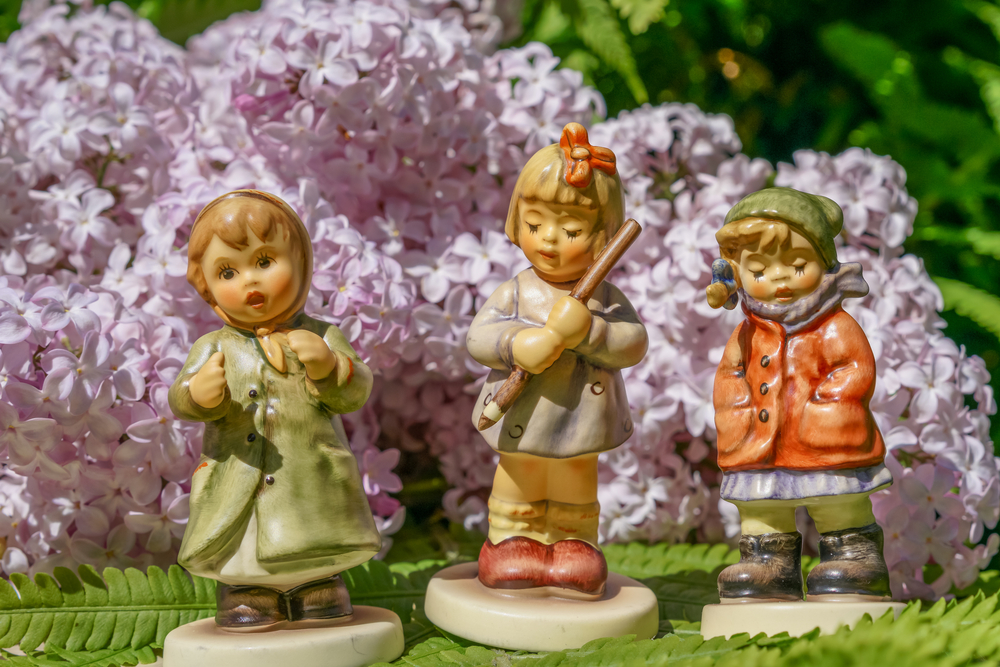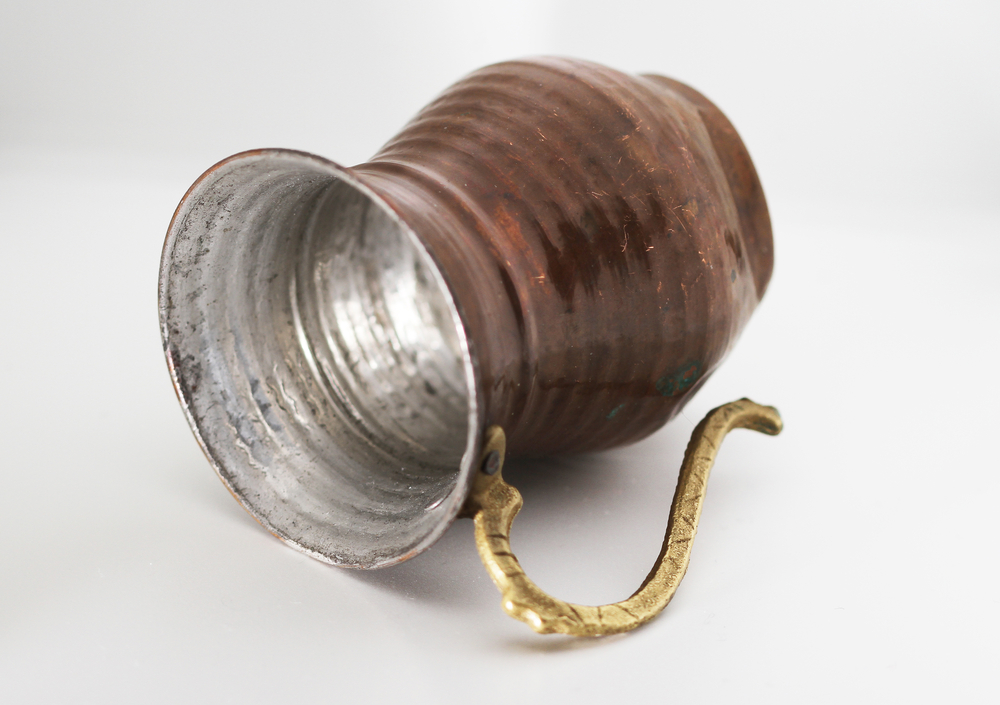It takes only a single viewing of AntiquesRoadshow, the popular PBS television series, to understandits appeal.
|The show follows a set format — first it calls upon residents ina featured town or city to bring in their antiques and collectiblesfor expert appraisal, and then it documents a few of the unique andhighly valuable treasures these residents unknowingly possess.
|The show has yielded a number of spectacular finds. The highestvalued item being a collection of 18th century Chinese rhinoceros-horn cupswith an estimated worth between one and one-and-a-half million dollars. Theowner would later go on to sell two of them at auction for $146,500and $182,500. Several other items have been highly appraised,including a Norman Rockwell oil painting, The Little Model ($500K),and a mobile sculpture by Alexander Calder, the inventor of themobile ($400K-$600K range).
|Accurate assessment & valuation of loss
With these high valuations, the show taps into the popularfantasy that particular items in the owner's hands have greatvalue. And this is the framework that claim adjusters have tocontend with when handling property loss claims — striking abalance between delivering quality customer service that leaves theinsureds pleased, while at the same time rendering an accurateassessment and valuation of the loss.
|Fortunately for adjusters, property claims often feature a straightforwardstructural aspect with a number of benchmarks and acceptedconstruction practices to follow and apply. This is good becausevaluing the contents in a property loss claim is often an enormoustask. The typical American home contains hundreds, possiblythousands, of items, ranging from appliances and furniture toelectronics, all of which need to be inventoried and appraised.
|Daunting & tedious work
It's daunting and tedious work that is only made morechallenging by specialty items like those featured in AntiquesRoadshow. Sometimes it seems as if every claim has a specialtyitem that is believed to be a rare and valuable collectible.Disputes over these items are often the cause of delays in thefinal settlement.
|With this in mind, it is helpful and instructive to look at afew real-life specialty item cases and review some of the resourcesand techniques available to help adjusters deliver an accuratevaluation that leaves the insured satisfied.
|
An insured claimed that his special edition goldenrailroad spike that had been stolen was valued at $3,000. (Photo:Shutterstock)
|The case of the golden spike
While the spike that joined the Union Pacific and Central Pacific railroadlines to form the first transcontinental railroad in the U.S.on May 10, 1869, had unquestionable value—how much would a goldencommemorative replica of it be worth?
|That was the question one claims adjuster had to tackle when theinsured, a train enthusiast, listed a special edition “goldenspike” Winchester rifle made in 1969 to commemorate the100th anniversary of the historic event in a claim. Theinsured claimed the item was worth around $3,000.
|Complicated investigation
Further complicating the investigation, the item had beenstolen, so it was not possible to evaluate the physical dimensionsor the gold karat used in construction of the piece. However, thepiece was estimated by the insured to weigh about three ounces,measure four inches long and a half-inch square, with a sharp tipand a broader top (resembling a smaller version of a railroadspike).
|It was determined by the specialist that the use of 24-karatgold was unlikely and three ounces of 14-karat gold would be wortharound $1,700. However, if the item was constructed using solidgold at the dimensions given, it would weigh more than a half apound, three times the estimated weight given by the insured.
|Some research into the matter revealed that Winchester didmanufacture a commemorative rifle but not with a “golden spike.”Further, it was determined the item was more likely made by ColtIndustries, which made one in 1969. Gun and historic memorabiliadealers confirmed the spike made by Colt matched the size anddescription given by the insured and was gold-plated, not solidgold. The value of the spike was determined to be $35.
|Related: RCV vs. ACV: Know these loss claim settlementcaveats
|
Adjusters have to weigh the cost of replacement against thecost of repairing a damaged item and the impact it will have on theoverall value of the piece. (Photo: Shutterstock)
|Saving a precious Hummel
A claims adjuster was called to the scene when an elderlyinsured found her prized 36-inch jumbo Hummel was damaged with asizable chip missing. The discontinued item was determined by acontents specialist to be valued at close to $30,000 and a choicehad to be made whether to offer a full replacement or attempt arepair. The adjuster chose the latter option and the insured wasdelighted to find the item could, in fact, be repaired to itsformer glory.
|A conservator was found for the task and the item was sent tothem using a special fine arts shipping option. The restorationcost was $3,400 and the diminution of value after the repair wasestimated at ten percent of the value of the piece ($3,000). Finalreimbursement to the insured was $6,400. This case was a win-winfor all involved—the loss was mitigated while the customer waspleased with the result.
|Related: 5 exotic contents claims cases
|
Since specialty items vary significantly from claim toclaim, adjusters will need to utilize flexible strategies. (Photo:Shutterstock)
|Striking a balance
As these two cases make clear, one-size-fits-all techniquesseldom work with specialty items. Each specialty item claim is aunique case and adjusters need a variety of technology tools andspecialty services to handle them. Access to a comprehensivecontents database can give adjusters an edge in handling theprocess. This technique is particularly effective for familyheirlooms that have significant emotional value for theinsured.
|Because the types of specialty items vary widely from claim toclaim, adjusters and carriers need to employ flexible strategieswhich incorporate various levels of expertise for each claim.
|These can include:
|Self-service options for small claims: Inclaims where the items number less than 20, the insured should begiven a range of options to self-submit an inventory themselvesincluding via traditional paper, phone and internet. For claimsfirst notice of loss (FNOL), millennials especially favor 24/7online do-it-yourself options where they can attach supportingdocuments, choose payment options and redeem payment. Empoweringpolicyholders to self-submit small claims allows adjusters to focuson more complex cases.
|Experts for large losses: In larger cases suchas catastrophe events, field inventory can be handled by expertstrained at reconstructing devastating losses such as when homessuffer significant damage down to the foundations. When unique andspecialty items are discovered, they can be sent to specialtyexperts for proper valuation.
|Specialists for specialty items: Having adedicated team of claims specialists to properly research andassess the value of specialty items like antiques, fine jewelry andartwork or a prized comic book collection, makes the entire claimsprocess more effective. Customers are satisfied knowing their mostprized items are evaluated by experts and restoration services canbe secured without delay.
|Insurers have a number of options when it comes to handlingspecialty contents for a claim. Third-party vendors can frequentlyprovide customizable options that provide valuation and restorationexpertise, as well as aid in expediting the settlement process.Providing policyholders with accurate information on their claimsand returning them to their pre-loss status is the goal forinsurers and vendors alike.
|Joel Makhluf is a vice president at Enservio and the directorof the PropertyInnovation Summit, the insurance industry's premierthought leadership conference. Enservio is a leading provider ofcontents claim management software, payments solutions, inventoryand valuation services for property insurers. Contact Joel at[email protected].
Want to continue reading?
Become a Free PropertyCasualty360 Digital Reader
Your access to unlimited PropertyCasualty360 content isn’t changing.
Once you are an ALM digital member, you’ll receive:
- All PropertyCasualty360.com news coverage, best practices, and in-depth analysis.
- Educational webcasts, resources from industry leaders, and informative newsletters.
- Other award-winning websites including BenefitsPRO.com and ThinkAdvisor.com.
Already have an account? Sign In
© 2024 ALM Global, LLC, All Rights Reserved. Request academic re-use from www.copyright.com. All other uses, submit a request to [email protected]. For more information visit Asset & Logo Licensing.








